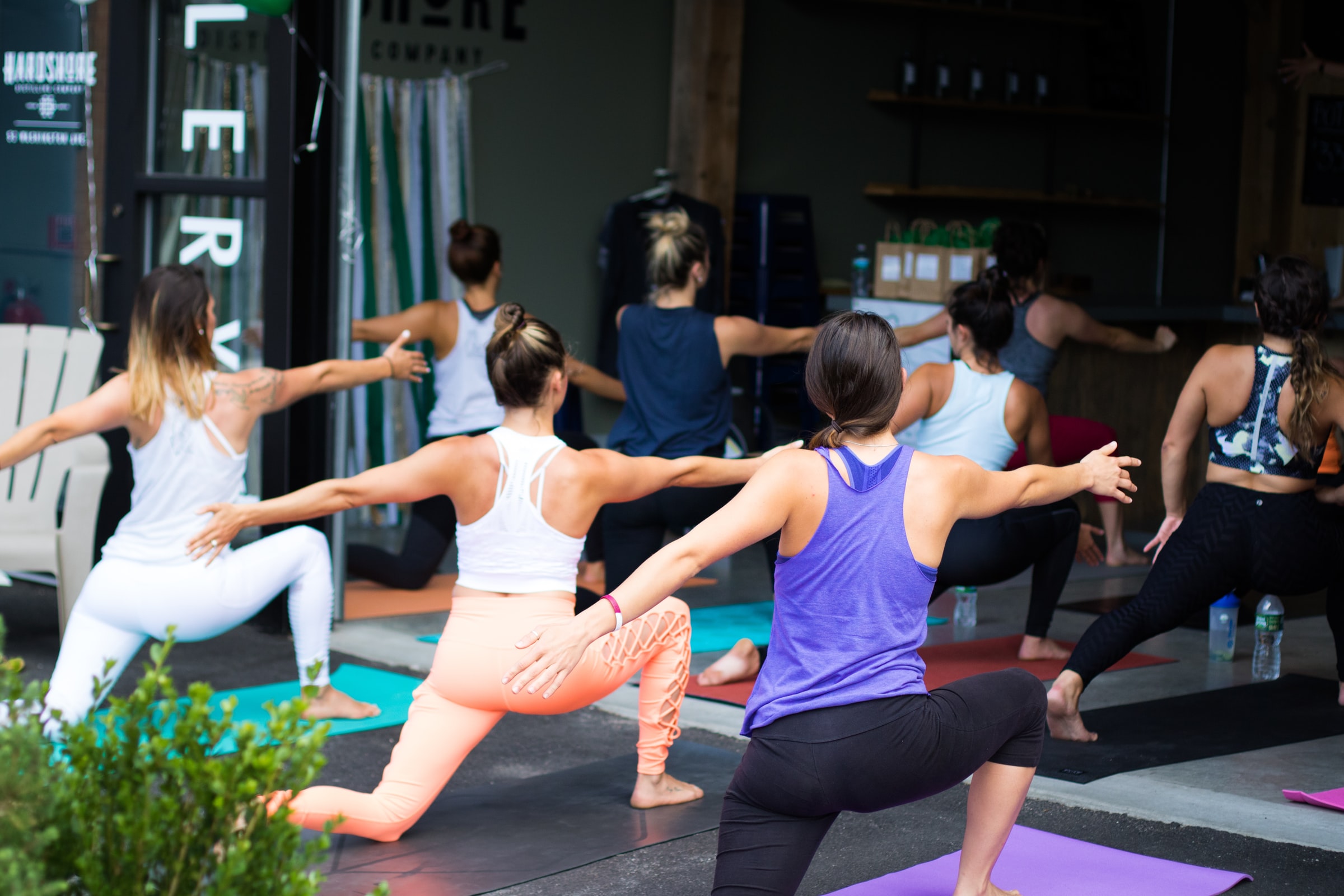Emerging from the pandemic crash, the global wellness market is expected to grow at 9.9% annually, reaching $7 trillion by 2025.
Two Steps Back
A new Global Wellness Institute (GWI) report reveals the state of the industry.
Top line: Before the pandemic, wellness was soaring — notably, GWI amended its 2019 figure to $4.9T. Yet, the data following that peak shows the disruptive impact of COVID-19.
- In the period 2017–2019, growth of the wellness economy (6.6%) outpaced global GDP (4%).
- From 2019–2020, the global wellness economy shrunk a whopping 11% compared to global GDP of -2.8%.
- In 2020, the global wellness economy contracted to $4.4T.
Winners and Losers
The report details industry segments that collectively make up the wellness economy. Analyzing year-over-year market value, clear “winners” and “losers” emerged. Many of these developments align with our own analysis of trends, M&A, and investment.
Wellness real estate and mental health markets flourish. Maintaining the top growth of any sector both pre- and mid-pandemic, wellness real estate grew 22.1% in 2020. This includes new construction and renovation of spaces with elements that benefit mental and physical health — a consideration countless cities around the globe are exploring.
Following real estate, the mental healthcare and wellness segment surged 7.2%, spurred by burnout and subsequent massive investment into digital solutions.
Other markets that unevenly grew were “public health, prevention, & personalized medicine”—rising 4.5% with significant growth in telehealth—as well as a 3.6% gain from “healthy eating, nutrition, & weight loss,” which includes personalized nutrition and digital weight management.
Wellness tourism, spas, and overall physical activity fall. Unsurprisingly, as travel bans plagued the tourism and hospitality industries, the wellness varieties plummeted sharply. Wellness tourism took a 39.1% hit, while spas (-38.6%) and thermal/mineral springs (-38.9%) equally suffered.
Physical activity, affected greatly by the closures of gyms and studios, dropped 15.5%. However, fitness technology, which GWI designates as a subsector of the category, gained 29.1% as connected fitness reached new heights.
Among other substantial losses, personal care & beauty dropped 13% while workplace wellness slid 7%.
“Robust” Growth Ahead
Despite the dip during the pandemic, the industry is poised to accelerate following what GWI describes as a “global reset” on wellness. And the new five-year forecast is huge.
- The global wellness economy will rebound, hitting $5T in 2021 and $7T by 2025.
- Wellness tourism will lead the recovery over this period at growth of 20.9%, followed by other hospitality like spas and thermal springs.
- Wellness real estate, physical activity, mental wellness, and personal care & beauty will all outpace global GDP.
Zooming out: More than just money, the pandemic has distinctly changed how consumers view wellness. Over the next five years, the sectors tied to an overall healthy lifestyle shift, both mentally and physically, will be the ones to watch.



